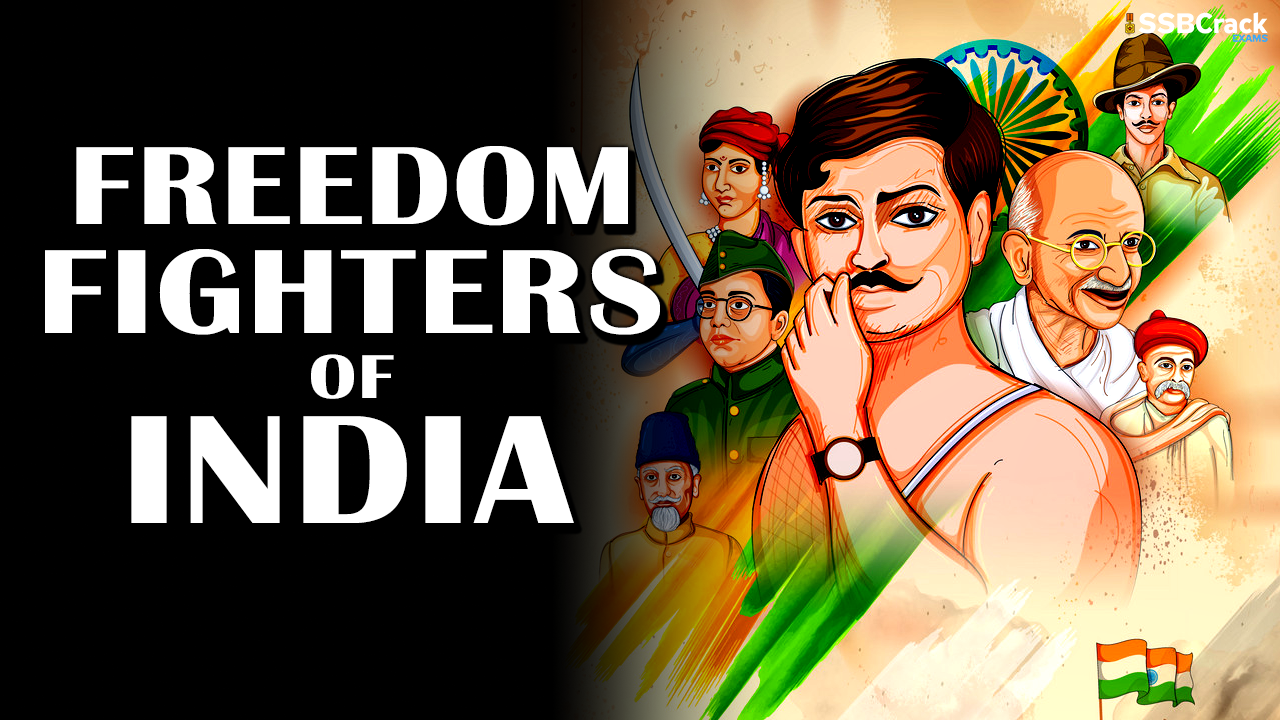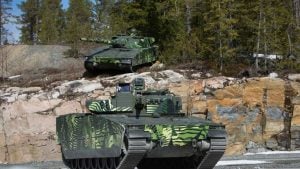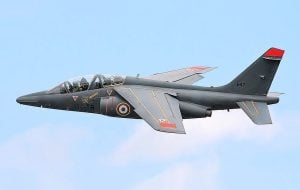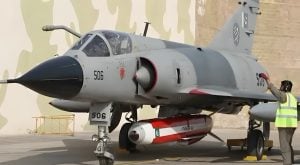Mohandas Karamchand Gandhi
- He was born on 2nd October 1869 in Porbandar, Gujarat. His father’s name was Karamchand Gandhi and mother’s name was Putlibai.
- At the age of 13, Mahatma Gandhi was married to Kasturba which is an arranged marriage.
- After completing his early education from Rajkot, he went to London for his law education in 1888.
- In May 1893 he went to South Africa to work as a lawyer. There he had first-hand experience of racial discrimination
- In 1915, Gandhiji returned to India permanently and joined the Indian National Congress with Gopal Krishna Gokhale as his mentor.
- Gandhi’s first major achievement was in 1918 when he led the Champaran and Kheda agitations of Bihar and Gujarat.
- He also led Non-Cooperation Movement, Civil Disobedience Movement, Swaraj and Quit-India movement against the British government.
- Gandhi identified his overall method of non-violent action as Satyagraha. Mahatma Gandhi’s Satyagraha was based on true principles and non-violence.
Jawaharlal Nehru
- On 14th November 1889 Jawaharlal Nehru was born in Allahabad to parents with Kashmiri Pandit lineage. He played a prominent role in the freedom struggle and became the first prime minister of independent India.
- At the stroke of the midnight hour, when the world sleeps, India will awake to life and freedom. – Pandit Nehru, 15 August 1947.
- At the age of 15, Nehru went to study at the Harrow School in England. After that, he studied natural science at Trinity College, Cambridge University, and passed out with a degree in 1910.
- In 1912, Nehru returned to India and started practice at the Allahabad High Court. However, he was disinterested in this job and soon drifted towards the national cause. He attended a Congress session in 1912 in Patna and felt that the membership of the party was restricted to upper-class elites. The INC at that time was in its moderate phase.
- He advocated for non-cooperation and resigning from honorary positions. He supported more aggressive nationalists who were pressing for home rule.
- Nehru met Mahatma Gandhi in 1916 and was drawn to him instantly. He became his close friend, follower and associate.
- He was involved in the non-cooperation movement in 1920 and was imprisoned for the first time. When Gandhi called off the movement in the wake of the violence at Chauri Chaura, there was a split in the party and Motilal Nehru and C R Das formed the Swaraj Party. Jawaharlal Nehru, however, remained with the Congress and Gandhi
- Nehru also played his part in making the struggles of the people of the princely states align with the freedom movement in British India.
- He became the General Secretary of the All India Congress Committee in September 1923.
- Nehru was at the forefront in various movements like the Salt Satyagraha and the Quit India Movement and was arrested a total of nine times by the British.
- Nehru headed the interim government of India in 1946. After India achieved independence on 15th August 1947, Nehru became the prime minister. As prime minister, he delivered his now-famous address to the nation, ‘Tryst with Destiny’.
Bal Gangadhar Tilak
- He was born on 23rd July 1856 in Ratnagiri, Maharashtra.
- Freedom fighter and lawyer, Bal Gangadhar Tilak, is also known as Lokmanya Tilak.
- Founder of the Deccan Education Society (1884)
- Stressed on the need for self-rule and believed that without self-rule or Swaraj, no progress was possible.
- Slogan: “Swaraj is my birthright and I shall have it!”
- A book ‘Indian Unrest’ written by Valentine Chirol, an English journalist, stated Tilak the ‘father of Indian unrest’.
- He was one of the earliest and the most vocal proponents of complete independence or Swaraj (self-rule).
- Along with Lala Lajpat Rai and Bipin Chandra Pal, he was part of the Lal-Bal-Pal trio of leaders with extremist outlooks.
- Joined the Indian National Congress (INC) in 1890.
Sardar Vallabhbhai Patel
- He was a political and freedom leader in India’s freedom struggle.
- He was born on October 31st 1875 in Gujarat. The village is known as ‘Nadiad’
- Because of his strong opinions for the unification of princely states into one nation, his positive outlook towards women empowerment and his active role to build India what it is today, he is called the Iron Man of India.
- Mahatma Gandhi gave the title of ‘Sardar’ to Vallabhbhai Patel
- He is called: ‘Bismarck of India’ following his role in unifying the fragments of princely states into a one unit
- Founder of Modern All India Services
- Sardar Patel put all his efforts to unify the fragments of princely states into Indian union
- INC’s Karachi Session (1931), Patel was elected as the President
- He was the first Home Minister and Deputy Prime Minister of Independent India
- It is a one-of-its-kind, tallest statue of the world, of Sardar Patel, on a river island called the Sadhu Bet on the Narmada river in Gujarat’s Kevadiya town, unveiled in 2018
Subhash Chandra Bose
- Subhash Chandra Bose was twice elected President of the Indian National Congress, (1938-Haripur and 1939-Tripuri) the country’s most important political force for freedom from the British rule.
- Owing to political differences, he resigned from the Congress Presidentship in 1939 and organised the All India Forward Bloc a faction within the Congress in Bengal. The purpose was to consolidate the political left and major support base in his home state Bengal.
- Bose organised mass protests and was arrested. He was later put under house arrest from where he escaped. He went to Germany via Afghanistan. However, in 1943 Bose lost hope that Germany could be of any help in gaining India’s independence. He then turned to Asia where he finally came at the helm of the Indian National Army (INA).
- During the final two years of the war, Bose with considerable Japanese backing- led the forces of the Indian National Army into battle against the British.
- He reached Japanese-controlled Singapore from Germany in July 1943, issued from there his famous call, ‘Delhi Chalo’, and announced the formation of the Azad Hind Government and the Indian National Army on 21st October 1943.
Dr. B. R. Ambedkar
- Dr. Bhimrao Ramji Ambedkar, popularly known as Babasaheb Ambedkar, was one of the main architects of the Indian Constitution.
- He was born on 14 April 1891 in Madhya Pradesh in Hindu Mahar Caste. He had to face severe discriminations from every corner of the society as the Mahar caste was viewed as “untouchable” by the upper class.
- Babasaheb Ambedkar’s legal expertise and knowledge of the Constitution of different countries was extremely helpful in the framing of the constitution. He became chairman of the Drafting Committee of the Constituent Assembly and played an important role in framing the Indian Constitution.
- He emphasized ‘democracy as a way of life’, i.e. democracy not only in the political sphere but also in the personal, social and economic sphere.
- In 1923, he set up the ‘Bahishkrit Hitkarini Sabha (Outcastes Welfare Association)’, which was devoted to spreading education and culture amongst the downtrodden.
- In 1936, Babasaheb Ambedkar founded the Independent Labour Party.
Dr. Rajendra Prasad
- Rajendra Prasad was born on 3rd December 1884, in Zeradai in Siwan district of Bihar. His father, Mahadev Sahai, was a scholar of both the Sanskrit and the Persian language.
- It was due to his sense of duty towards his family and education that he refused to join Servants of India Society. Prasad was instrumental in the formation of the Bihari Students Conference in 1906 in the hall of the Patna College.
- In the year 1916, he joined the High Court of Bihar and Odisha. Later in the year 1917, he was appointed as one of the first members of the Senate and Syndicate of the Patna University. He also used to practice law at Bhagalpur, the famous silk-town of Bihar.
- Prasad’s first association with Indian National Congress was during 1906 annual session, Formally, he joined the Indian National Congress in the year 1911,
- During one of the fact-finding missions at Champaran, Mahatma Gandhi asked him to come with his volunteers. He was so greatly moved by the dedication, courage, and conviction of Mahatma Gandhi that as soon as the motion of Non-Cooperation was passed by Indian National Congress in 1920, he retired his lucrative career of lawyer as well as his duties in the university to aid the movement.
- He was elected as the President of the Indian National Congress during the Bombay session in October 1934. He again became the president when Netaji Subhash Chandra Bose resigned in 1939.
- He was elected the President of Constituent Assembly on 11 December 1946. Two and a half years after independence, on 26 January 1950, the Constitution of independent India was ratified, and Prasad was elected the nation’s first president.
Bhagat Singh
- Born as Bhaganwala on the 26th September 1907, Bhagat Singh grew up in a petty-bourgeois family of Sandhu Jats settled in the Jullundur Doab district of the Punjab.
- He belonged to a generation that was to intervene between two decisive phases of the Indian national movement – the phase of the ‘Extremism’ of Lal-Bal-Pal and the Gandhian phase of nonviolent mass action.
- In 1923, Bhagat Singh joined the National College, Lahore which was founded and managed by Lala Lajpat Rai and Bhai Parmanand.
- In 1924 in Kanpur, he became a member of the Hindustan Republican Association, started by Sachindranath Sanyal a year earlier. The main organiser of the Association was Chandra Shekhar Azad and Bhagat Singh became very close to him.
- In 1925, Bhagat Singh returned to Lahore and within the next year he and his colleagues started a militant youth organisation called the Naujawan Bharat Sabha.
- In 1927, he was first arrested on charges of association with the Kakori Case accused for an article written under the pseudonym Vidrohi (Rebel). He was also accused of being responsible for a bomb explosion at Lahore during the Dussehra fair.
- In 1928, Bhagat Singh changed the name of Hindustan Republican Association to Hindustan Socialist Republic Association (HSRA). In 1930, when Azad was shot, the HSRA collapsed.
- Bhagat Singh, Sukhdev Thapar, and Shivaram Rajguru died on March 23 in 1931.
- They were hanged to death for assassinating John Saunders, a British police officer in 1928.
- Every year, March 23 is observed as Martyrs’ Day as a tribute to freedom fighters Bhagat Singh, Sukhdev Thapar, and Shivaram Rajguru. The Day is also known as Shaheed Diwas or Sarvodaya Day.
Chandra Shekhar Azad
- Azad was born on 23rd July 1906 in the Alirajpur district of Madhya Pradesh.
- Chandra Shekhar, then a 15-year-old student, joined a Non-Cooperation Movement in December 1921. As a result, he was arrested.
- On being presented before a magistrate, he gave his name as “Azad” (The Free), his father’s name as “Swatantrata” (Independence) and his residence as “Jail”. Therefore, he came to be known as Chandra Shekhar Azad.
- After the suspension of the non-cooperation movement in 1922 by Gandhi, Azad joined Hindustan Republican Association (HRA).
- HRA was a revolutionary organization of India established in 1924 in East Bengal by Sachindra Nath Sanyal, Narendra Mohan Sen and Pratul Ganguly as an offshoot of Anushilan Samiti.
- Most of the fund collection for revolutionary activities was done through robberies of government property. In line with the same, Kakori Train Robbery near Kakori, Lucknow was done in 1925 by HRA.
- HRA was later reorganised as the Hindustan Socialist Republican Army (HSRA).
- It was established in 1928 at Feroz Shah Kotla in New Delhi by Chandra Shekhar Azad, Ashfaqulla Khan, Bhagat Singh, Sukhdev Thapar and Jogesh Chandra Chatterjee.
- HSRA planned the shooting of J. P. Saunders, a British Policeman at Lahore in 1928 to avenge the killing of Lala Lajpat Rai.
- He died at Azad Park in Allahabad on 27th February 1931.
Chittaranjan Das
- Chittaranjan Das was born on 5 November 1870 at Telirbagh in the Bengal Presidency, currently in Bangladesh.
- His family members were actively involved in Raja Ram Mohan Roy’s Brahmo Samaj.
- He finished his law studies from England and returned to India in 1893.
- e also contributed to the English weekly ‘Bande Mataram’ along with Aurobindo and Bipin Chandra Pal
- He became involved with the Non-Cooperation Movement led by Mahatma Gandhi.
- He became an important member of the Indian National Congress and was known for his public speaking skills and insight.
- He, along with Motilal Nehru, established the Swaraj Party in January 1923.
- Gandhi was a great admirer of Das and called him a great soul. Das was also revered by Subhas Chandra Bose. The people gave him the honorific title ‘Deshbandhu’.
Pingali Venkayya
- The Indian flag is a symbol of the country’s sovereign state, its history and culture. Yet, little is known about the person who designed the Tricolor. While the flag has undergone changes in the past decades, its basic framework is credited to Pingali Venkayya.
- Venkayya was clear that the flag must command respect from all countrymen and should not feature any object associated with any specific community. For Venkayya, the aspiring nation needed a flag to integrate Indians within a common banner — one that stood for sacrifice, peace and unity.
Also Read:
- US Army Acquires Tactical Mapping Drones from EagleNXT
- Lithuania Moves Forward with Acquisition of 100 CV90 MkIV Infantry Fighting Vehicles
- EU Launches Initiative for Stealth-Enabled Multirole Light Aircraft Development
- Pakistan Air Force Successfully Tests Taimoor Cruise Missile with 600-Km Range
- Turkey’s Defense and Aviation Exports Surpass $10 Billion in 2025

















